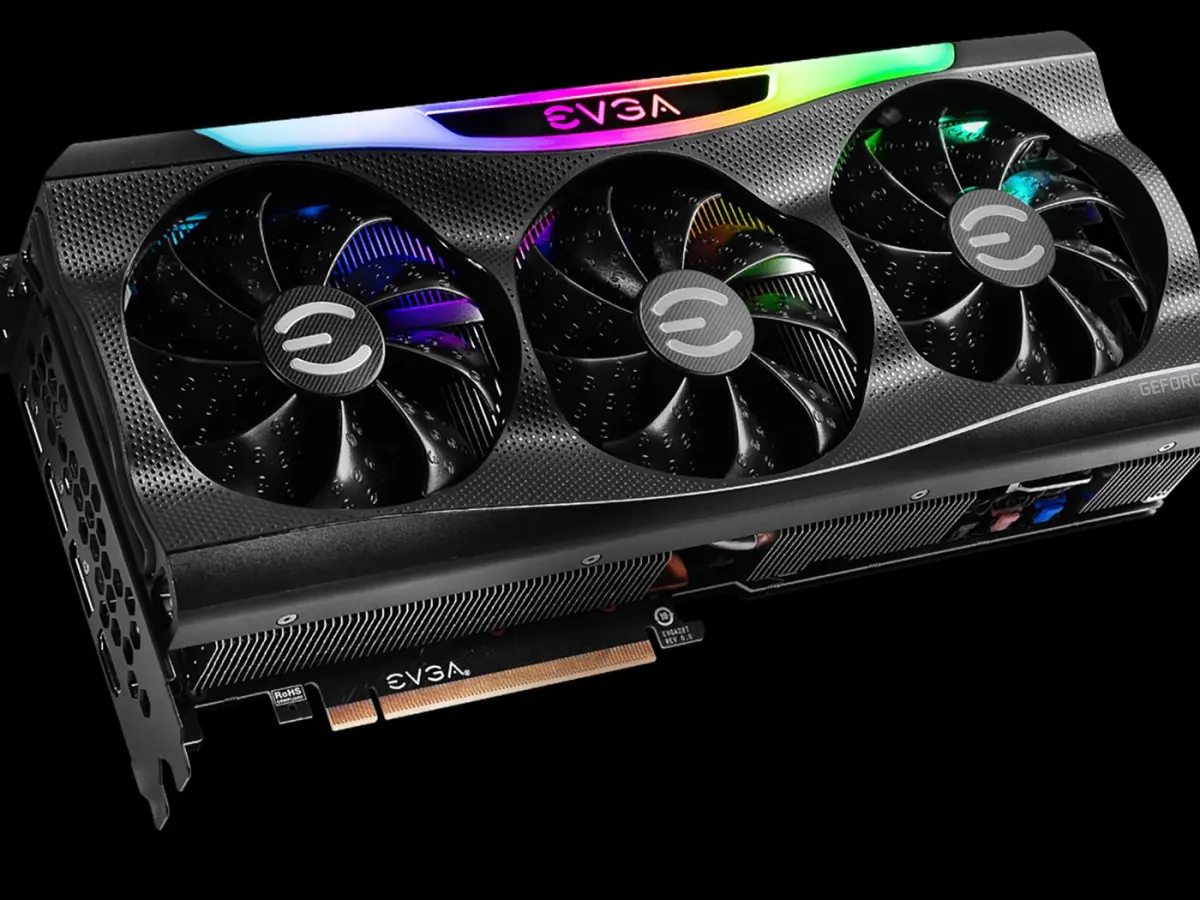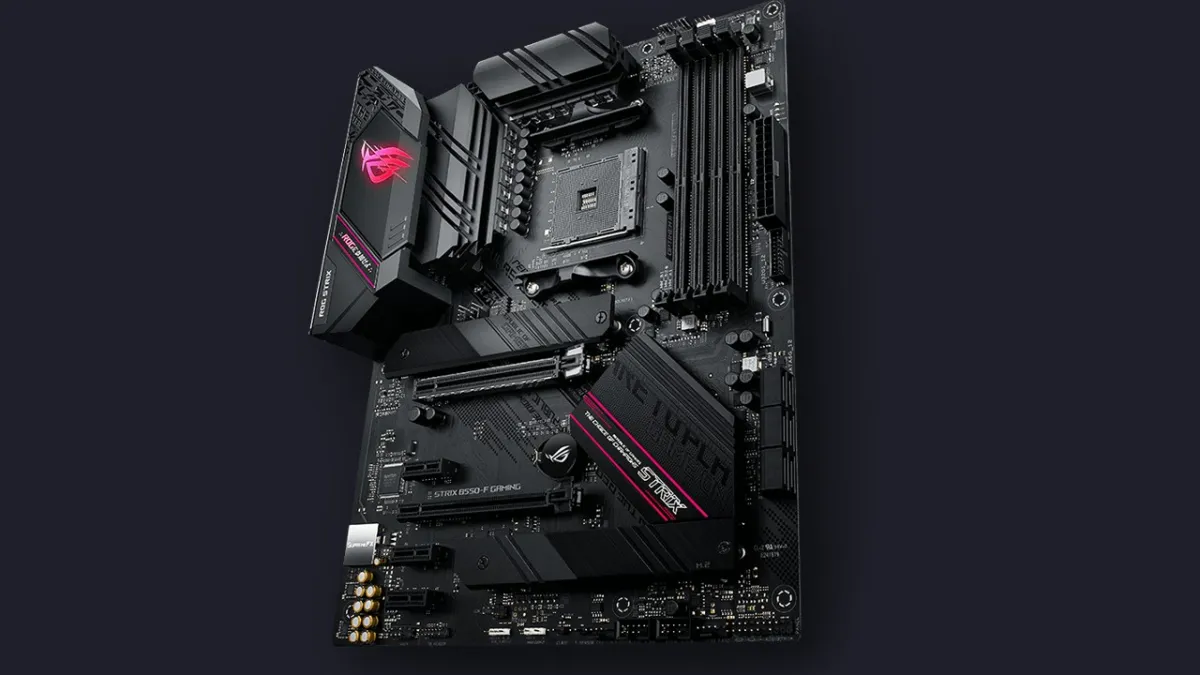On September 16, EVGA shocked PC gamers when it announced an end to its multi-decade partnership with Nvidia. The story broke from content creators and outlets, including Gamers Nexus and Jon Peddie Research. Shortly after, EVGA confirmed the news via its community forums. The decision came straight from EVGA’s CEO, leaving no room for doubt.
The coverage from each party touched on different aspects of the decision, and addressed most of the immediate questions audiences were sure to have. The reasoning behind EVGA’s decision to stop making Nvidia graphics card market was related to money, of course, but EVGA also cited difficulties with operating as an Nvidia partner.
According to EVGA, its margins on graphics cards were actually extremely thin in respect to other products the company sells like power supplies. Additionally, it was made clear that EVGA was unwilling to deal with the stress surrounding Nvidia series launches anymore. EVGA’s CEO explained there was a lack of communication about important details such as pricing before public reveals. This forced EVGA to scramble at the last minute with design costs, manufacturing, logistics, and everything else that goes into making a profitable business plan.
EVGA’s decision to quit graphics cards goes beyond just how it will affect direct customers, though. It will have effects on the graphics card market for years to come.
What it means for EVGA’s customers
First and foremost, existing customers should know that EVGA will remain in business and has a plan to support those who purchased or still plan to purchase Nvidia graphics cards from it. EVGA will honor warranties via a calculated amount of reserve stock once the designated “sell” supply is gone. However, it does bring in to question how accurate EVGA’s estimates can truly be over the course of several years. Hopefully its existing data proves accurate and consumers don’t find themselves in awkward situations in years ahead.
Support staff will also remain around to some extent of time if you have technical issues with your graphics card. Software support for utilities like Precision X1, which offers tuning controls for graphics cards to do things like overclocking or simply change the RGB, will also continue.
Looking ahead, if you still plan to purchase an EVGA graphics card, you may want to do so as soon as possible. The company announced that it expects to run out of Nvidia RTX 30 Series cards by the end of 2022. That means your options will be limited if you wait until the holiday buying season.
What it means for EVGA and Nvidia
The end of EVGA’s partnership with Nvidia is a huge deal for the graphics card market. It’s an even bigger deal for EVGA, because 80% of the company’s gross revenue comes from graphics cards, according to the Gamers Nexus report which quotes the CEO. EVGA will clearly see a massive decline in revenue, but less so with profit margins.
As mentioned, EVGA’s CEO didn’t feel it was worthwhile to continue making graphics cards. It also clarified it has no plans to work with AMD or Intel in the future. We’ll have to see how that shakes out, but the CEO affirms it’s done for now.
The fallout between the two companies is certainly one of the most fascinating parts about this story. If you asked anyone a few years ago, the names EVGA and Nvidia were nearly synonymous. EVGA was generally regarded as Nvidia’s premium partner, and one of the best-regarded AIBs to the public. This was due to its consumer-friendly policies, programs, and quality commitments. EVGA’s quick response to New World killing RTX 3090s serves a relevant recent example.
It’s no coincidence this news arrived on the eve of the RTX 40 Series announcement, although the decision was apparently made back in April of this year. EVGA obviously didn’t want to scare away potential buyers throughout the summer, but it also knew time would be up once its brand was missing from RTX 40 Series models. Also, considering the crash of the graphics card market, along with the end of Ethereum cryptocurrency mining, now is an appropriate time for an exit.
What will be interesting going forward is how Nvidia deals with the loss of EVGA as a partner. Nvidia’s investors didn’t seem troubled by the announcement, but EVGA did account for 40% of the North American graphics card market according to Jon Peddie Research. It will be up to other AIBs to fill that gap, and it’s likewise expected there will be strong competition from AMD this next generation. Nvidia will not only need to maintain that it’s the best GPU designer, but also that previous EVGA customers can rely on Nvidia’s other add-in board partners.
What it means for the wider market and going forward
At the end of the day, EVGA is a company that exists to make money. However, there is something to be said about all the efforts it made during the graphics card shortage to improve sales directly to gamers. Plenty of EVGA fans will also now have to look elsewhere. We’ve lost a gamer-friendly Nvidia graphics card manufacturer and can only hope there’s something to be learned from this.
The relationship fallout details between EVGA and Nvidia remain largely unaccounted for, but we can understand the basic business factors that ended it. Perhaps Nvidia will reconsider its product info sharing policies and what margins are feasible to keep the other partners happy. We certainly don’t want to see companies sacrificing warranty policies and build quality as a means to cope with rising costs. And we also don’t want to see more Nvidia partners leave graphics card manufacturing.
We all have our favorite brands and flavors of graphics cards, and the loss of EVGA only hurts customers. On the flipside, other AIBs could step up to fill the gap and offer a wider range of unique RTX 40 Series designs. Nvidia also seems intent on selling more FE cards than in the past, as you can buy various models at MSRP or less from Best Buy still today.
Another interesting consideration and wild card is AMD. If the Radeon 7000 Series ends up being as powerful as rumors and AMD itself have teased, there could soon be valid business reasons for more AIBs to reconsider working with Team Red. Conversely, there are technical and stability reasons why Nvidia remains top dog, though. It also holds 80% of the graphics card market going into the RTX 40 Series launch.








Published: Sep 20, 2022 10:15 am